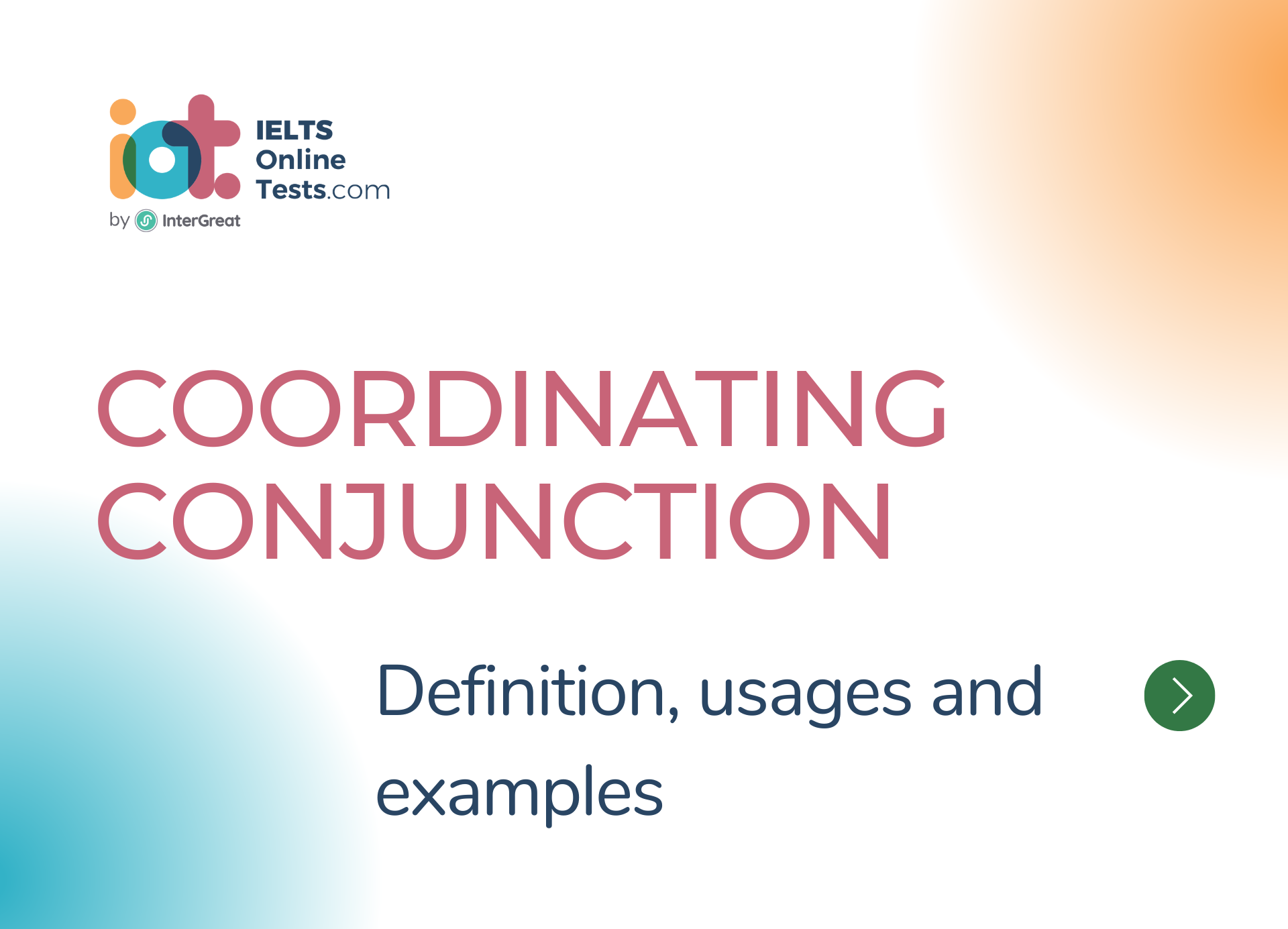
Coordinating conjunction definition, usages and examples
Coordinating conjunctions are a type of conjunction that connects words, phrases, or clauses of equal grammatical importance within a sentence. They help to join similar or related elements and show the relationship between them.
Here are some important details about coordinating conjunctions:
Types of Coordinating Conjunctions:
- "And": It joins two or more similar or related elements, indicating addition or continuation.
- "But": It shows contrast or exception between two elements.
- "Or": It presents a choice or alternative between two elements.
- "Nor": It expresses negative coordination and is used to join two negative elements.
- "For": It provides a reason or explanation for the preceding statement.
- "Yet": It introduces a contrasting element or idea.
- "So": It indicates result, consequence, or purpose.
Usage:
- Coordinating conjunctions can join words, phrases, or clauses.
- When joining words or phrases, the coordinating conjunction comes between them.
- When joining clauses, the coordinating conjunction usually comes before the second clause.
- Example:
- "I like both coffee and tea."
- "He wanted to go to the party, but he had to study for his exam."
- "Do you want to go for a walk or stay at home?"
- "He neither understood the question nor knew how to answer it."
- "She worked hard, for she wanted to achieve her goals."
- "He failed the test, yet he didn't give up on studying."
- "He studied hard, so he was able to pass the exam."
Parallel Structure:
- Coordinating conjunctions are often used in sentences with parallel structure, where similar elements are presented in a balanced and parallel manner.
- Example:
- "She enjoys reading, writing, and painting."
Coordinating Conjunctions in Compound Sentences:
- Coordinating conjunctions are commonly used to create compound sentences, which consist of two independent clauses joined together.
- Example:
- "She studied for the test, but she forgot to bring her textbook."
Commas with Coordinating Conjunctions:
- When joining two independent clauses with a coordinating conjunction, a comma is usually placed before the conjunction.
- Example:
- "I have finished my work, so I can go to the party."
Coordinating conjunctions are versatile and essential in constructing well-structured and coherent sentences. Understanding their usage and the different relationships they convey will help you effectively express ideas and create meaningful connections between elements in your writing and communication.




